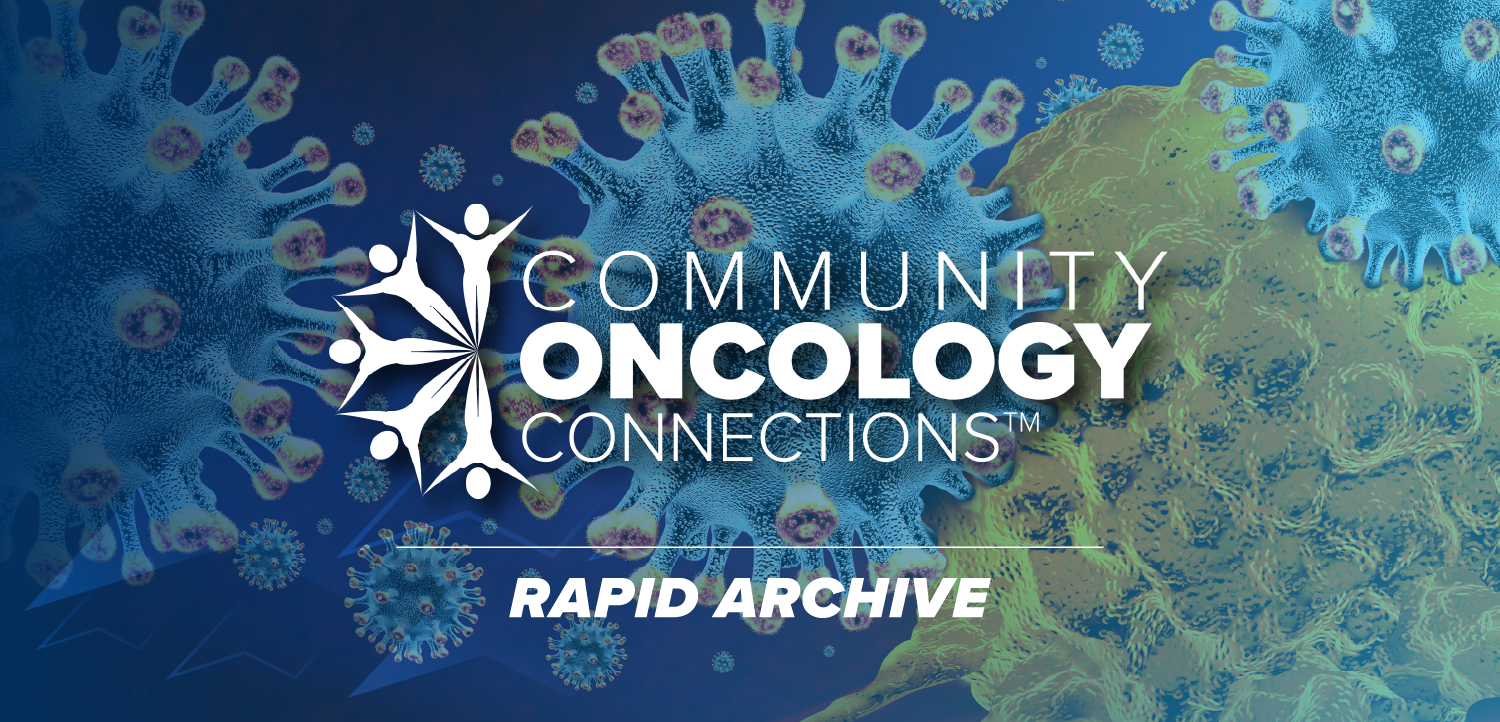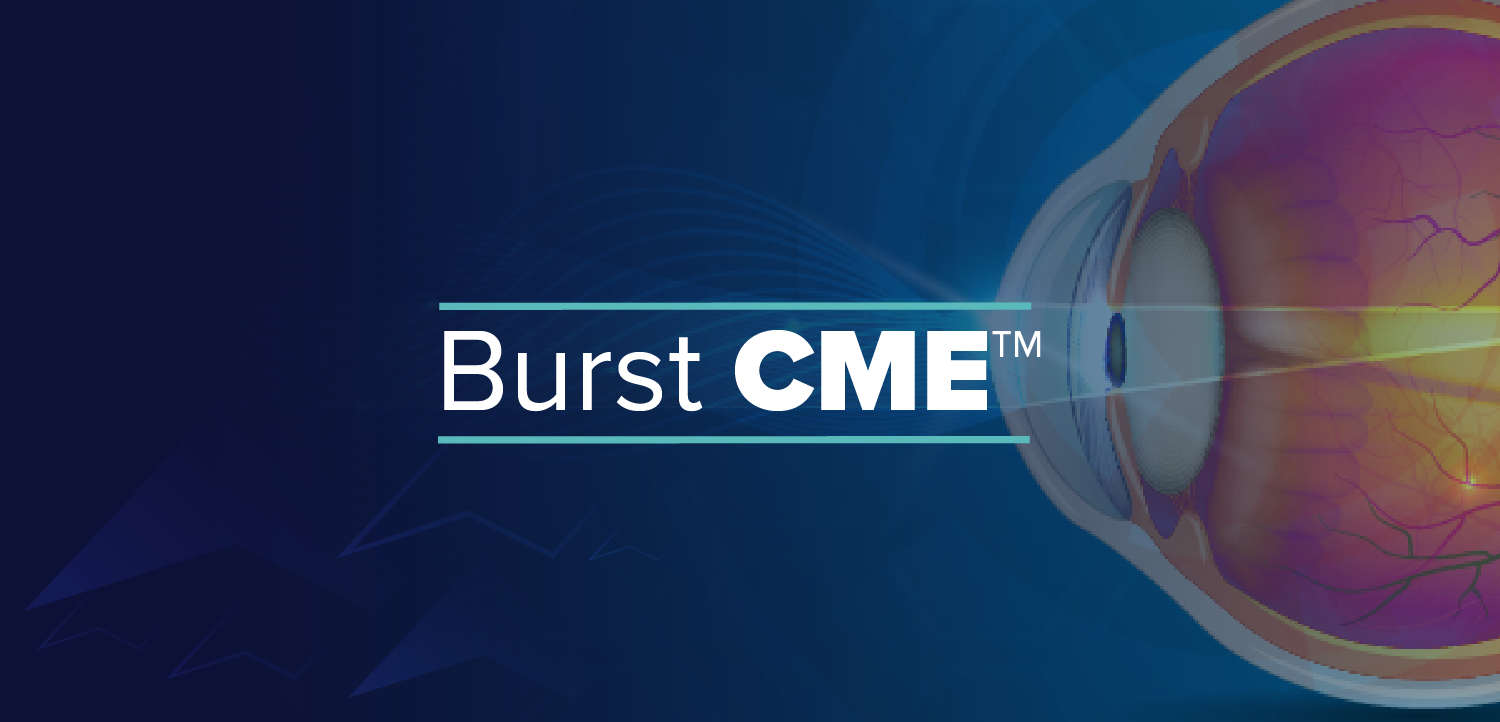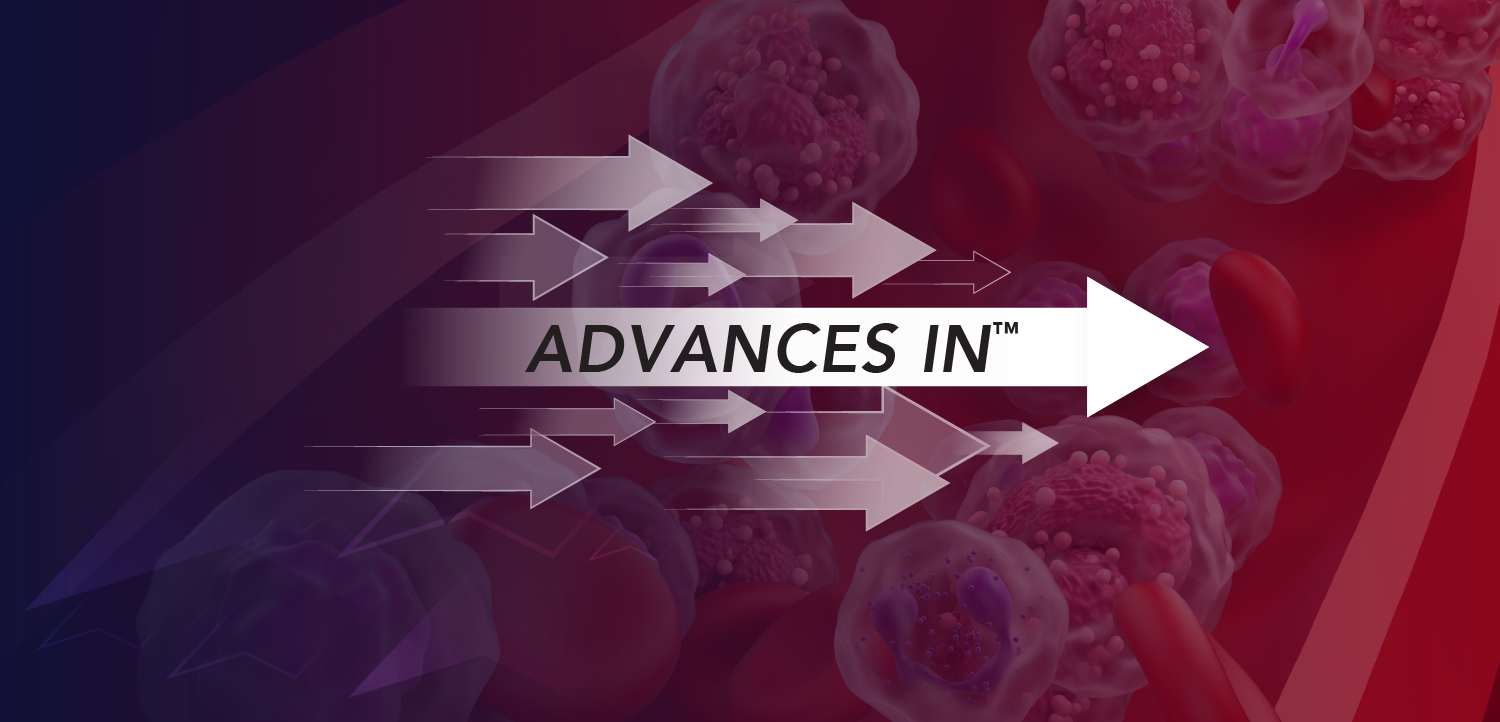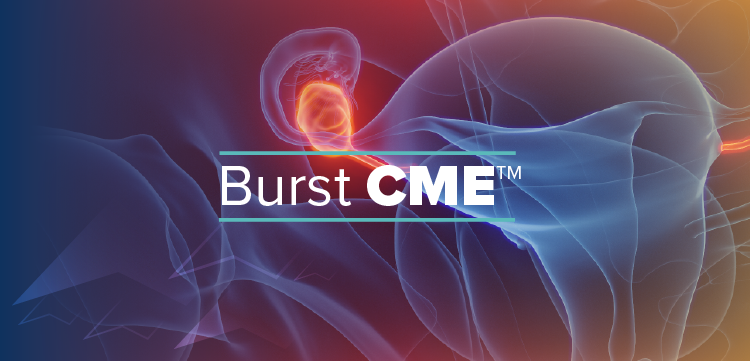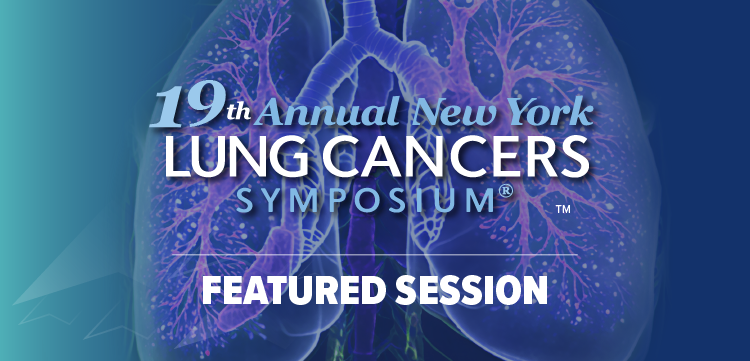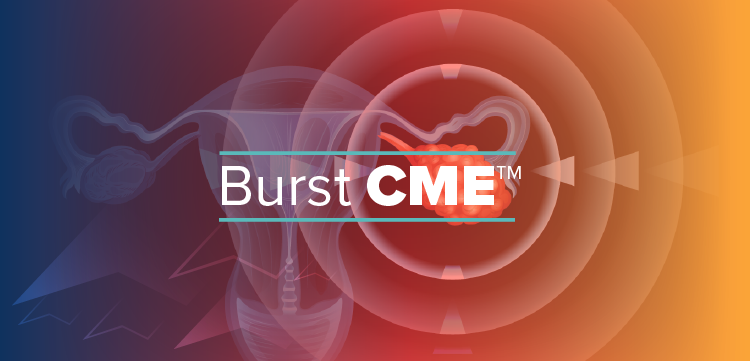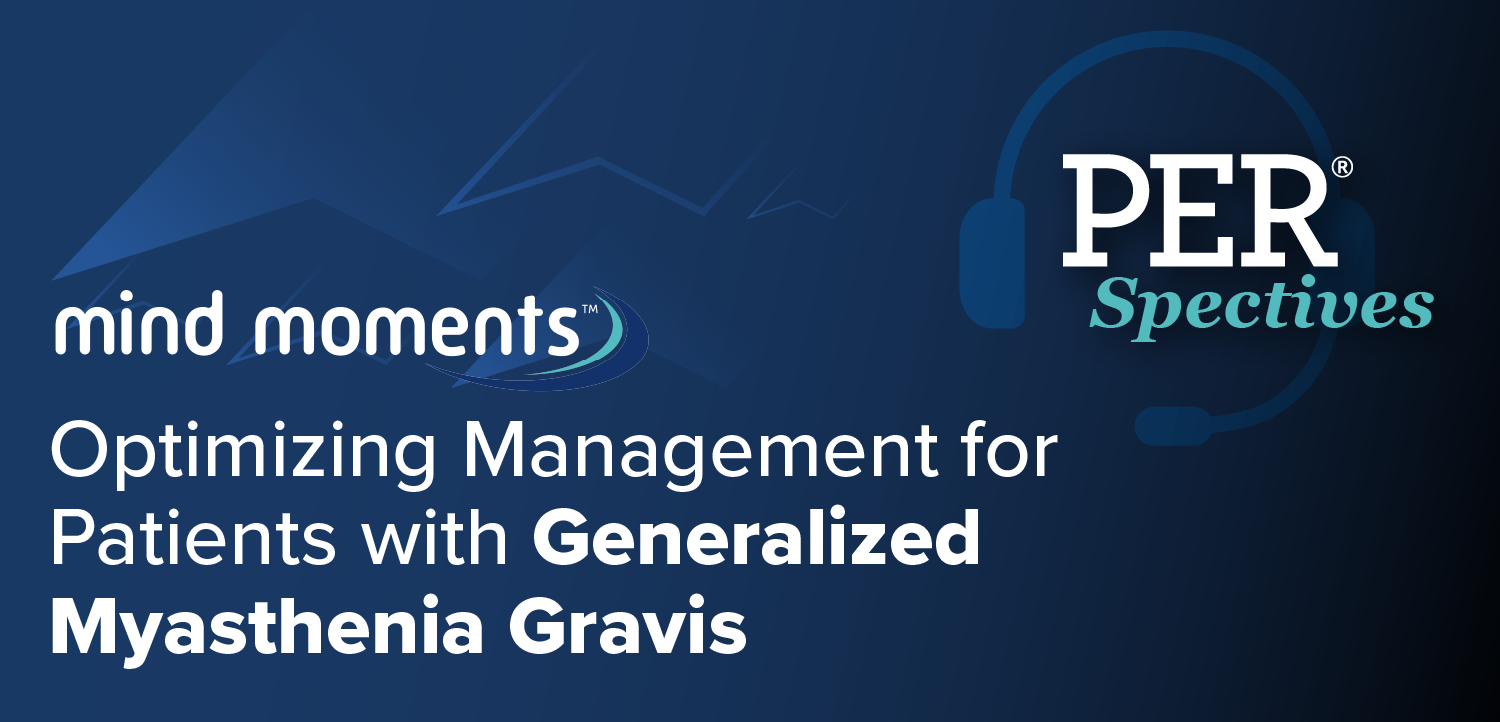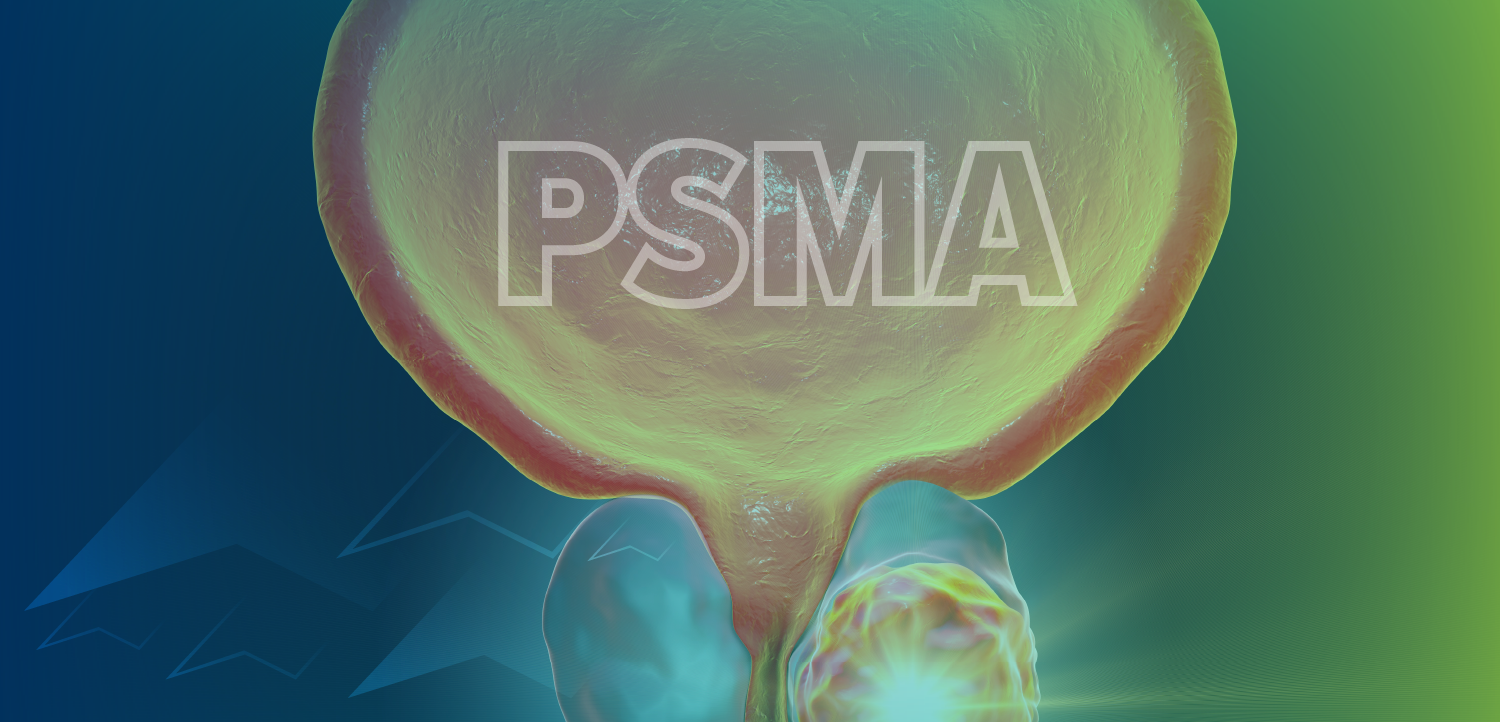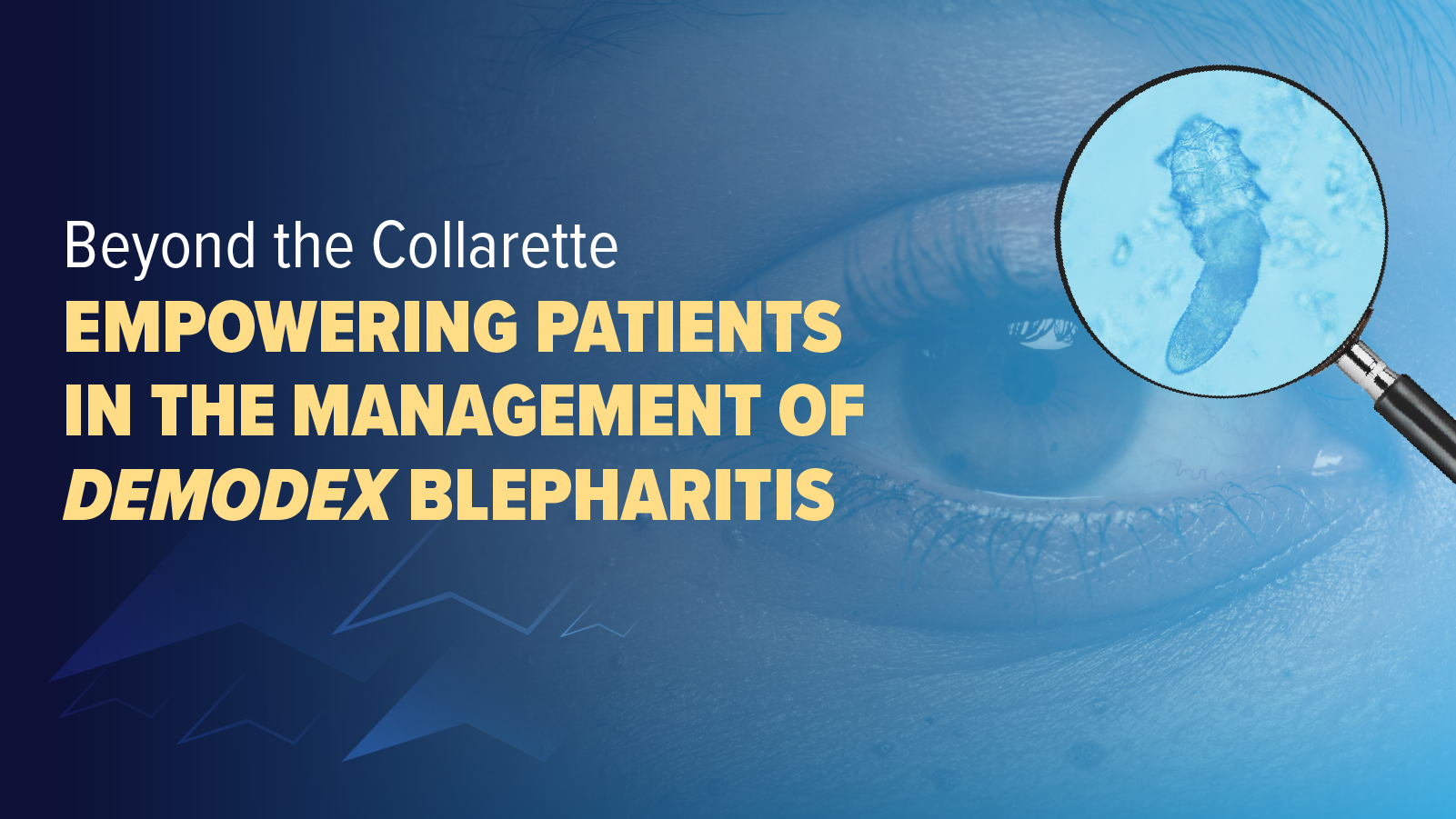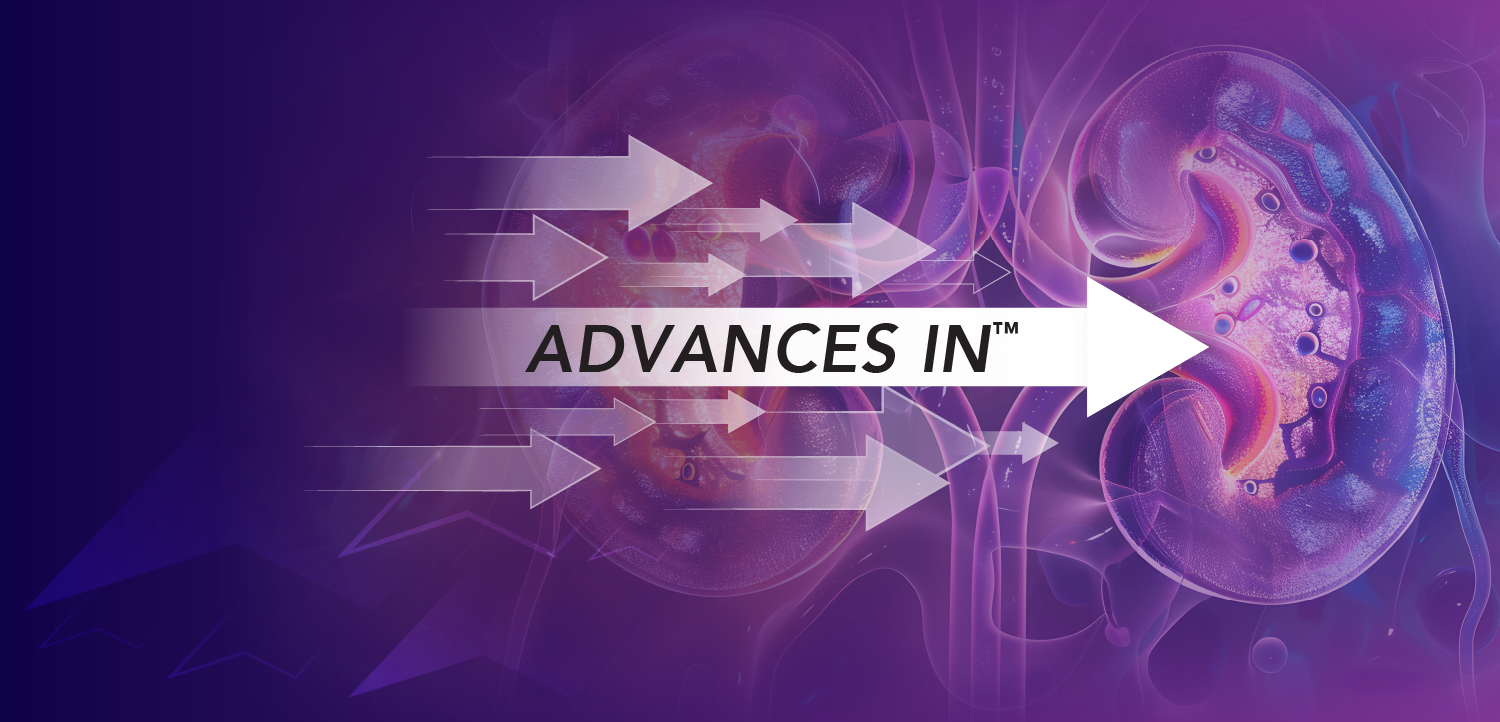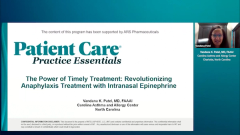
Epinephrine First: The Gold Standard in Anaphylaxis Treatment
A panelist discusses the critical importance of early epinephrine administration in anaphylaxis for preventing severe outcomes, explaining its multireceptor action and lifesaving potential, while highlighting how intranasal delivery could enhance timely use and empower caregivers with faster, more accessible treatment options.
Episodes in this series

Epinephrine is universally recognized as the first-line treatment for anaphylaxis due to its rapid and multireceptor action. Unlike antihistamines, which mainly target cutaneous symptoms and are considered secondary treatments, epinephrine addresses the life-threatening components of anaphylaxis, such as airway constriction and hypotension. By binding to a1, b1, and b2 adrenergic receptors, epinephrine increases blood pressure, reduces mucosal swelling, improves heart rate and cardiac output, and relaxes bronchial smooth muscle—an especially critical mechanism in pediatric cases. Additionally, it inhibits the further release of inflammatory mediators from mast cells and basophils, effectively preventing the cascade of immune activation that can escalate an allergic reaction into a fatal event.
The timing of epinephrine administration plays a pivotal role in patient outcomes. Studies show that administering epinephrine within the first few minutes of symptom onset significantly reduces the severity of anaphylaxis and the need for additional interventions, such as multiple epinephrine doses or hospitalization. Delayed treatment—especially beyond 9 to 10 minutes—has been associated with increased risk of abnormal vital signs, biphasic reactions, and even death. Early administration interrupts the progression of the immune response, limiting systemic involvement and preventing the condition from reaching a critical state. It also lowers the odds of biphasic anaphylaxis, where symptoms return after an initial resolution, often catching caregivers and providers off guard.
Emphasizing early epinephrine use not only improves clinical outcomes but also lessens the emotional and logistical burden on patients and health care systems. It empowers caregivers with the tools and confidence to act quickly, possibly before reaching emergency care. Increasing awareness about the mechanisms of epinephrine and the consequences of delayed administration is essential. It reinforces why intranasal delivery systems, which may be easier and faster for patients or caregivers to use, represent a promising advancement in the management of anaphylaxis.
Newsletter
Enhance your clinical practice with the Patient Care newsletter, offering the latest evidence-based guidelines, diagnostic insights, and treatment strategies for primary care physicians.


